The increase in body temperature is only considered fever when it reaches 37.5 ° C, before that it is considered to be only a feverishness, which is generally not a cause for concern.
Whenever a baby has a fever, it should be checked to see if he or she has other symptoms because normally the birth of the teeth and the taking of some vaccine can generate a fever of up to 38ºC, but the baby continues to eat and sleep well. In this case, putting a wet washcloth in cold water on the baby's forehead may help lower the fever.
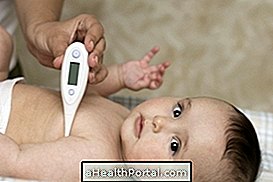

What can cause fever in the baby
The elevation of body temperature indicates that the baby's body is struggling against some invading agent. The most common situations that cause fever in babies are:
- Birth of teeth: Usually happens from the 4th month and you can observe the swollen gums and the baby wants to always have a hand in the mouth, besides drooling too much.
- Reaction after taking a vaccine: Appears a few hours after taking the vaccine, being easy to relate that fever is probably a reaction
- If the fever develops after a cold or flu, sinusitis or inflammation of the ear may be suspected : The baby may not have a cold or appear to be cold, but the internal tissues of the nose and throat may be inflamed, causing a fever.
- Pneumonia: The flu symptoms become more intense and the fever appears, making it more difficult for the baby to breathe;
- Urinary Tract Infection: Low fever (up to 38.5 ° C measured in the anus) may be the only sign in children under 2 years of age, but vomiting and diarrhea, abdominal pain and loss of appetite may occur.
- Dengue fever: most common in summer, especially in epidemic areas, there is fever and loss of appetite, the child gets mangy and likes to sleep a lot.
- Chickenpox: There is fever and blisters on the skin that itch, loss of appetite and abdominal pain may also arise.
- Measles: The fever lasts 3 to 5 days, and there are usually signs of coughing, runny nose and conjunctivitis, and dark spots on the skin.
- Scarlet fever : There is a fever and sore throat, the tongue becomes swollen and looks like a raspberry, small spots appear on the skin that can cause scaling.
- Erysipelas: There is fever, chills, pain in the affected site that may become red and swollen.
When you suspect the baby has a fever, you should measure the fever with a thermometer, and see if there are other signs or symptoms that may help to identify what is causing a fever, but in case of doubt you should go to the pediatrician, especially when the baby is less than 3 months old.
How to measure fever in baby
To measure the fever in the baby should place the metal tip of the thermometer under the baby's arm, leaving there for at least 3 minutes, and then check the temperature in the thermometer itself. Another possibility is to use a digital thermometer, which shows the temperature in less than 1 minute.
See other ways to measure fever in: How to use the Thermometer.
One factor that must be taken into account is that the rectal temperature is higher than the buccal and the axillary, so when checking the temperature should always check in the same place, the most common being the axilla. The rectal temperature can be between 0.8 and 1 ° C higher than the axillary, so when the baby has a fever of 37.8 ° C in the armpit, he probably has 38.8 ° C fever in the anus.
The increase in temperature is only considered fever when the axilla is above 37.5 ° C and in the rectum it is 38.2 ° C, and the fever can only cause brain lesions when it reaches 41.5 ° C or higher. To measure the temperature in the rectum it is mandatory to use a thermometer with soft and flexible bridge that must be inserted at least 3 cm.
Tips to Lower Baby Fever
What you are advised to do to lower your baby's fever is:
- Check if the room is very hot and if possible connect a fan or the air conditioning;
- Change the baby's clothing for a lighter and cooler one;
- Offer something cool and fresh for the baby to take every half hour if he is awake;
- Give a bath, from warm to cold in the baby, avoiding very cold water. The temperature of the water should be as close to 36ºC, which is the normal temperature of the skin.
- Putting a wet washcloth in warm, cold water on the baby's forehead may also help lower the fever.
If the fever does not subside in half an hour, the doctor should be consulted, especially if the baby is very irritated, crying or apathetic. The remedy indicated to lower the fever in the baby is Dipirone, but it should only be used with the knowledge of the pediatrician.
How to know if fever is severe
The fever is always severe when it reaches 38ºC, deserving all the attention of the parents and a visit to the pediatrician, especially when:
- It can not be identified that the teeth are being born and that there is probably another cause;
- There is diarrhea, vomiting and the child does not want to feed or feed;
- The child has deep eyes, is more tearful than normal, and makes little pee, because it can indicate dehydration;
- There are spots on the skin, itching or if the baby looks very uncomfortable.
But if the baby is just drowsy and drowsy, but with a fever, you should also go to the doctor to find out what is causing this increase in temperature and start the appropriate treatment with medicines.
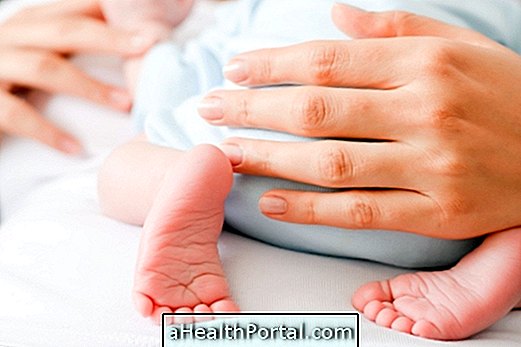
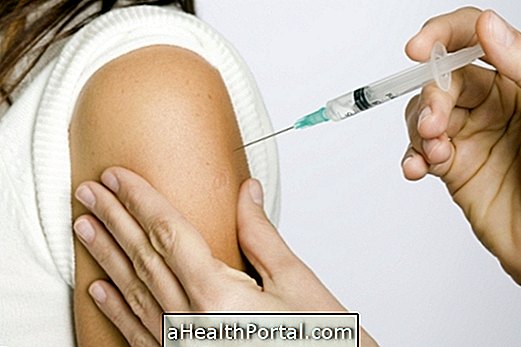

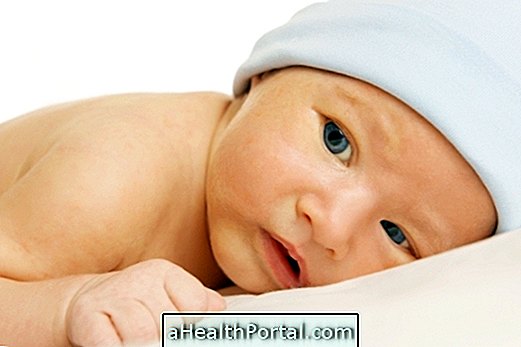
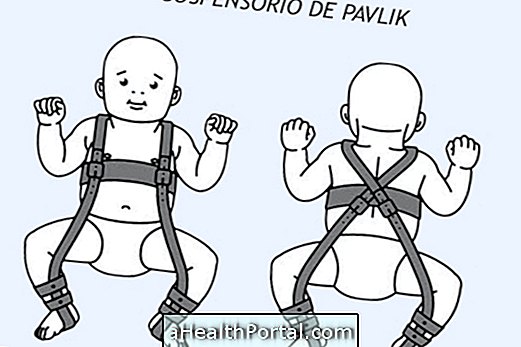
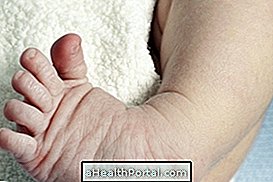



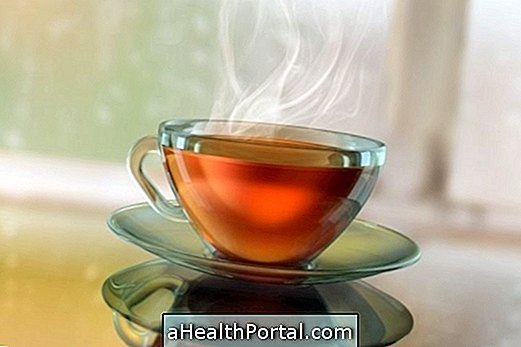
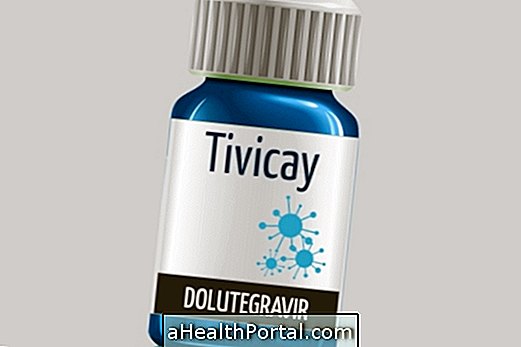
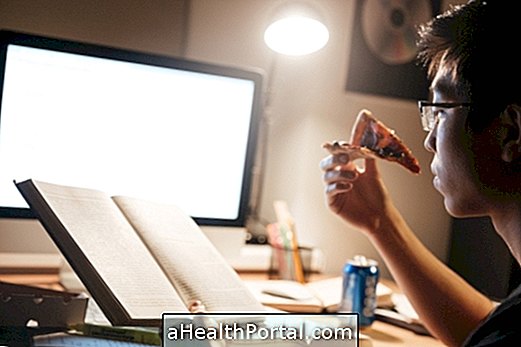
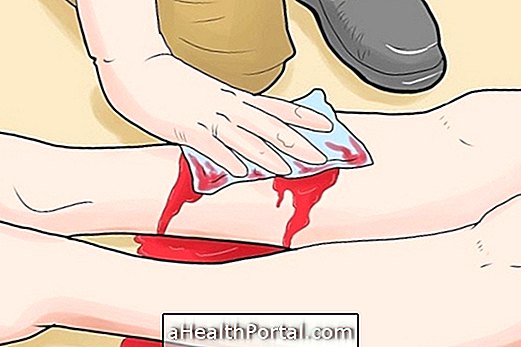

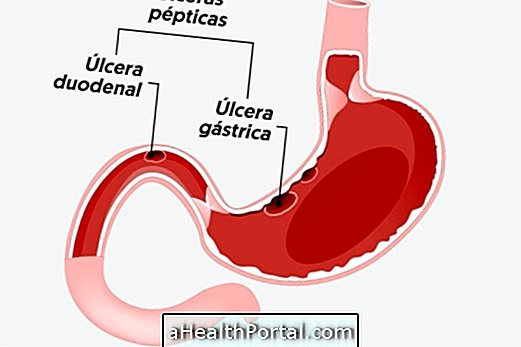
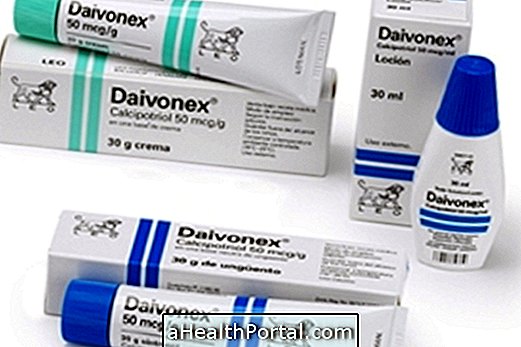
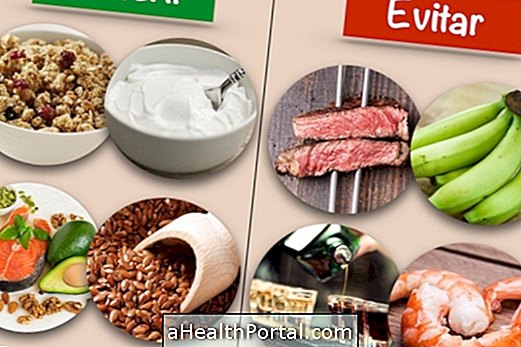

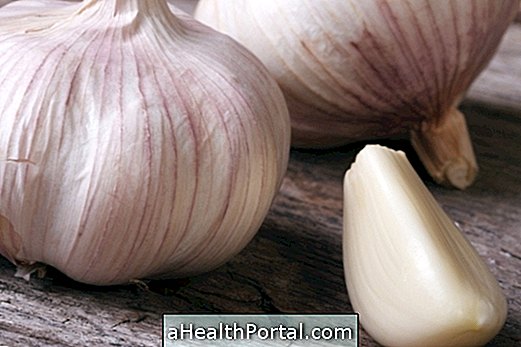

.php)

